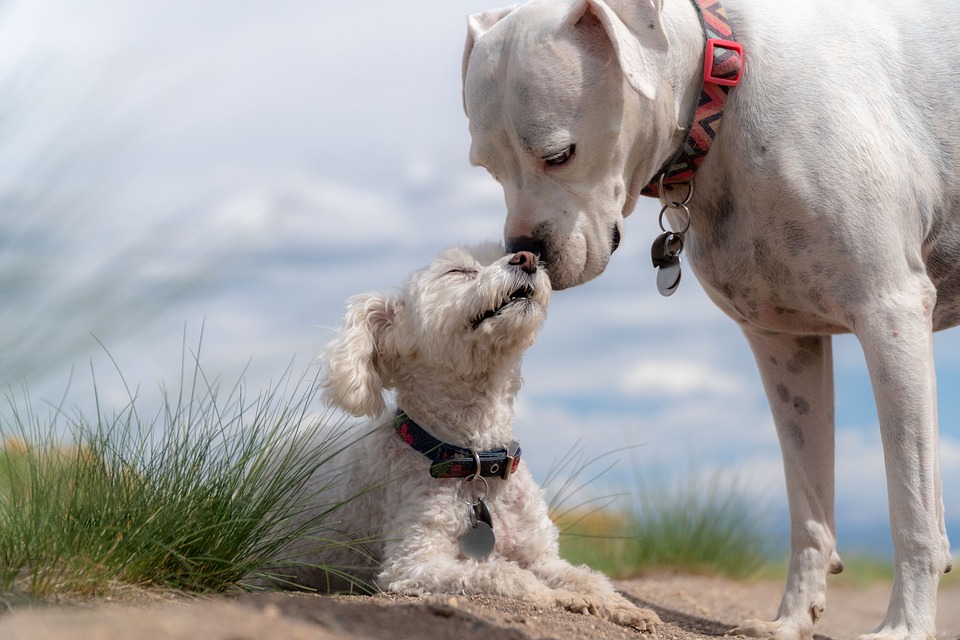Separation anxiety is a common issue that many dog owners face. It can be distressing for both the owner and the dog, as the dog may exhibit destructive behavior or excessive barking when left alone. This article aims to provide a comprehensive understanding of separation anxiety in dogs, including its causes, symptoms, and effective solutions.
One of the primary causes of separation anxiety in dogs is a lack of early socialization. Dogs that have not been properly exposed to various people, animals, and environments during their critical developmental period are more likely to develop separation anxiety. Traumatic experiences, such as being abandoned or abused, can also contribute to separation anxiety in dogs.
A change in environment or routine can trigger separation anxiety in dogs. Moving to a new house, a new family member arriving, or a change in the owner’s work schedule can cause distress for dogs. Additionally, dogs that are overly dependent on their owners may develop separation anxiety when left alone.
Genetics and breed predisposition can also play a role in the development of separation anxiety. Some dog breeds, such as the German Shepherd and the Bichon Frise, are more prone to separation anxiety than others. Understanding the breed’s predisposition can help owners be proactive in addressing separation anxiety.
Identifying the symptoms of separation anxiety is crucial in addressing the issue. Dogs with separation anxiety may exhibit destructive behavior, such as chewing furniture or scratching doors and walls. Excessive barking or howling, pacing or restlessness, house soiling, and attempts to escape can also be signs of separation anxiety. Some dogs may drool excessively or pant excessively when left alone.
Fortunately, there are several solutions that can help dogs with separation anxiety. Gradual desensitization and counterconditioning techniques can be employed to help dogs feel more comfortable being alone. This involves gradually increasing the duration of time the dog is left alone and associating positive experiences, such as treats or toys, with being alone.
Crate training can also be beneficial for dogs with separation anxiety. A crate can provide a safe and secure space for the dog when left alone. It is important to introduce the crate gradually and make it a positive and comfortable environment for the dog.
Providing mental and physical stimulation is essential for dogs with separation anxiety. Engaging in activities such as puzzle toys, interactive games, and regular exercise can help alleviate anxiety. Using calming aids or supplements, such as pheromone diffusers or natural supplements, may also be helpful in reducing anxiety.
Seeking professional help is always an option for dogs with severe separation anxiety. A professional dog trainer or a veterinary behaviorist can provide guidance and develop a personalized treatment plan for the dog. In some cases, medication may be necessary to manage the dog’s anxiety.
In the Frequently Asked Questions section, common concerns about separation anxiety in dogs are addressed. These include tips on preventing separation anxiety, the breeds that are more prone to it, the possibility of a cure, the need for medication, the time it takes for a dog to overcome separation anxiety, and the potential benefits of hiring a dog walker or using daycare.
In conclusion, understanding separation anxiety in dogs is crucial for providing the necessary care and support to our furry friends. By recognizing the causes, symptoms, and employing effective solutions, we can greatly improve their well-being. Remember, patience and consistency are key when helping dogs overcome this challenging condition. If you find yourself struggling, don’t hesitate to seek guidance from a professional to ensure your dog’s happiness and mental health.









